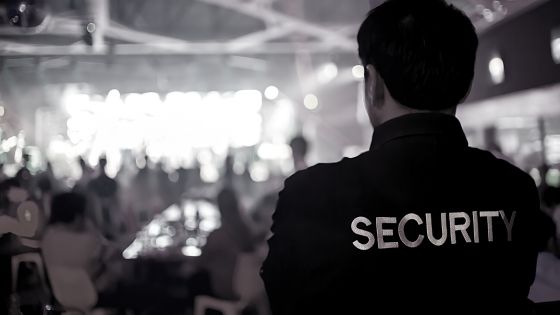Public safety concerns should always be a priority for all large public events. Such large events consist of concerts, outdoor theatre, festivals and fairs. However, it is important to consider public safety at even smaller events such as fundraisers and charity events. Regardless of the size of your public event, it must be properly managed about the well-being and safety of all attendees.
First it is important to note that a single event often requires the contributions of many types of workers and experts. These can include the event planner, security, contractors and vendors. At any point in time one, or a combination of these participants, could be responsible for a guest’s safety. However, as in all instances of personal injury during a large event, the onus of showing that a guest was injured due to the negligence of the event organizers, as a whole, or one of its sponsors individually, will fall upon the injured person.
Event managers need to take some very particular steps when preparing for the safety of their pending public event. These steps include;
- Securing a comprehensive risk assessment from a reputable insurer.
- Choose an event venue that can handle the number of people expected to attend.
- Provide for adequate crowd control, preferably done by a well-known security company with a good reputation for public safety and crowd management.
- All staff working the event should be trained in simple first-aid and emergency procedures.
- An emergency plan for any circumstance that would require the crowd to move out of the venue and to safety should be well-posted for event attendees and understood by all vendors, security personnel and event organisers.
Before the arrival of the attendees, the event planners and organizers should consider the safest and most efficient way to move a crowd into a venue and find their designated area to enjoy the event. This should also be considered for clearing the venue after the event is over.
For entrance to an event, good management usually includes;
- Ticketing.
- Staggered entry times.
- Pre-set seating.
- Opening no sooner than one to one- and one-half hours before the event is set to begin.
For exiting the event crowd control can be more difficult. However, the following can help move a crowd out of the venue quickly and efficiently;
- Close the vendors to selling food and drink at least one-half hour before the event ends. This will keep the crowd moving out of the event area rather than stopping to make last-minute purchases.
- Line the exit pathways with security to point people toward all of the available exits.
- Use barriers and ropes to keep people from wandering around the venue once the event has ended; allowing them only to move toward the available exits.
Other careful planning is required while the event is in progress to keep the crowd comfortable and safe. A venue must include;
- A sufficient number of bathrooms or portable toilet facilities to prevent impatience and inappropriate urinating in a public space.
- Limitations on the amount of alcohol an attendee can consume from the vendors and/or bring in themselves.
- If food is being served there should be enough vendors to provide food in a quick and easily accessible manner.
- Trash receptacles should be plentiful to prevent garbage from being dropped to the ground creating slipping hazards for attendees.
All of these precautions can make attending a large public event both fun and safe. However, if in the course of attending an event you are injured, you should take the following steps immediately;
- Report the incident to the nearest security person.
- Give a thorough description of how you were injured.
- Take pictures of the area you were injured in.
- Obtain a copy of the injury report for your records.
- Consider contacting a solicitor who specialises in personal injury or the like.























